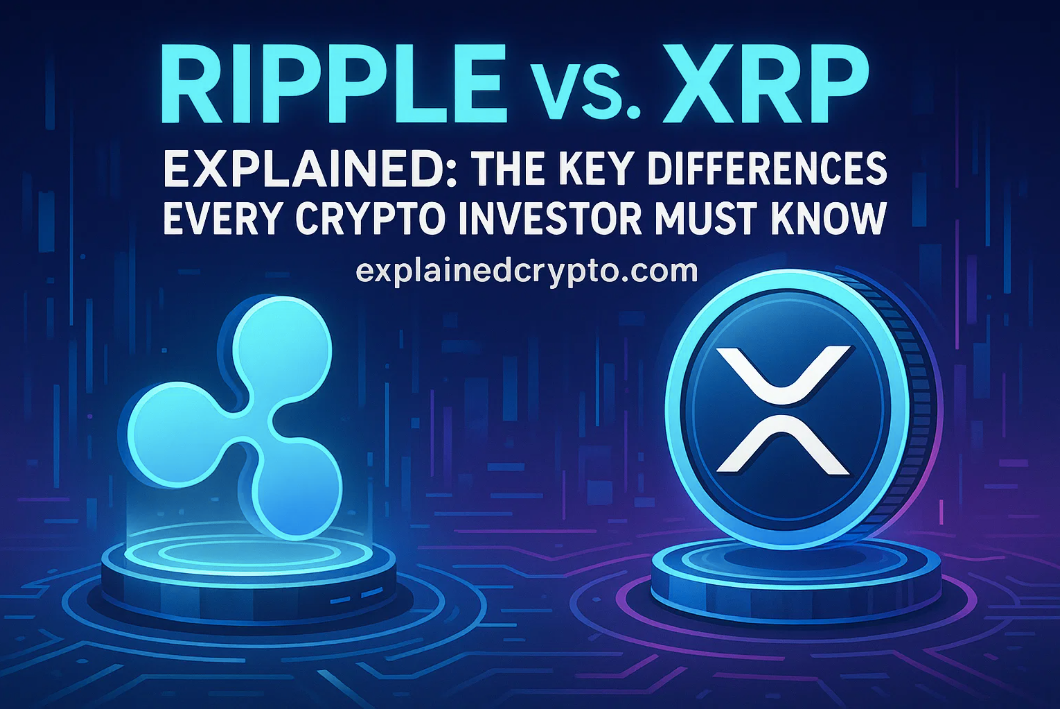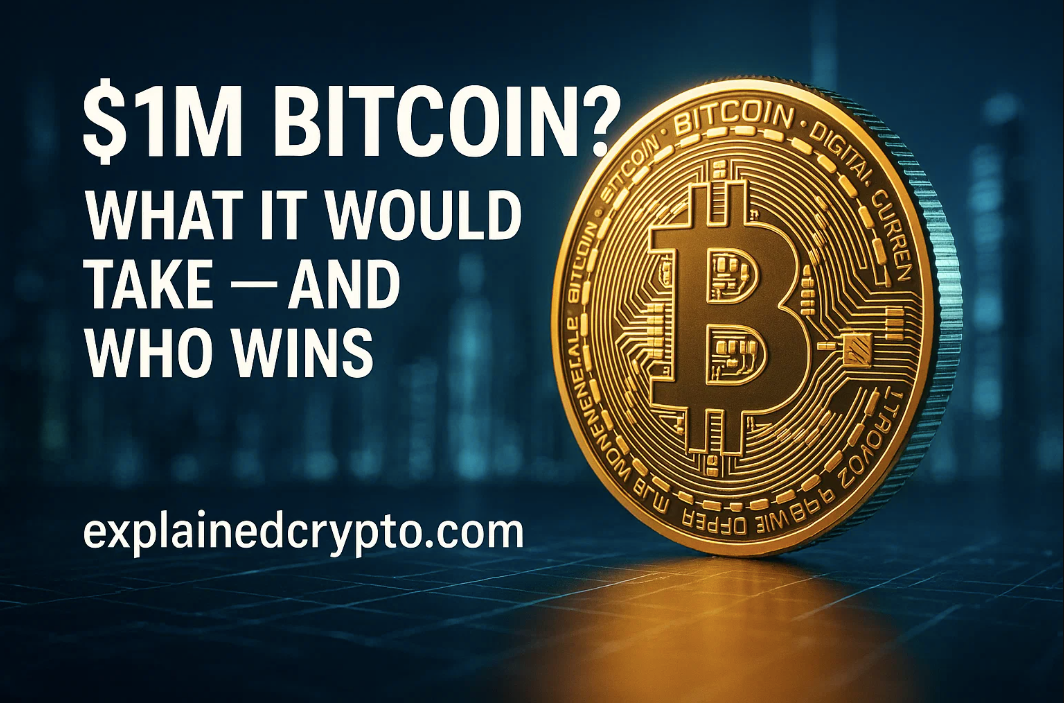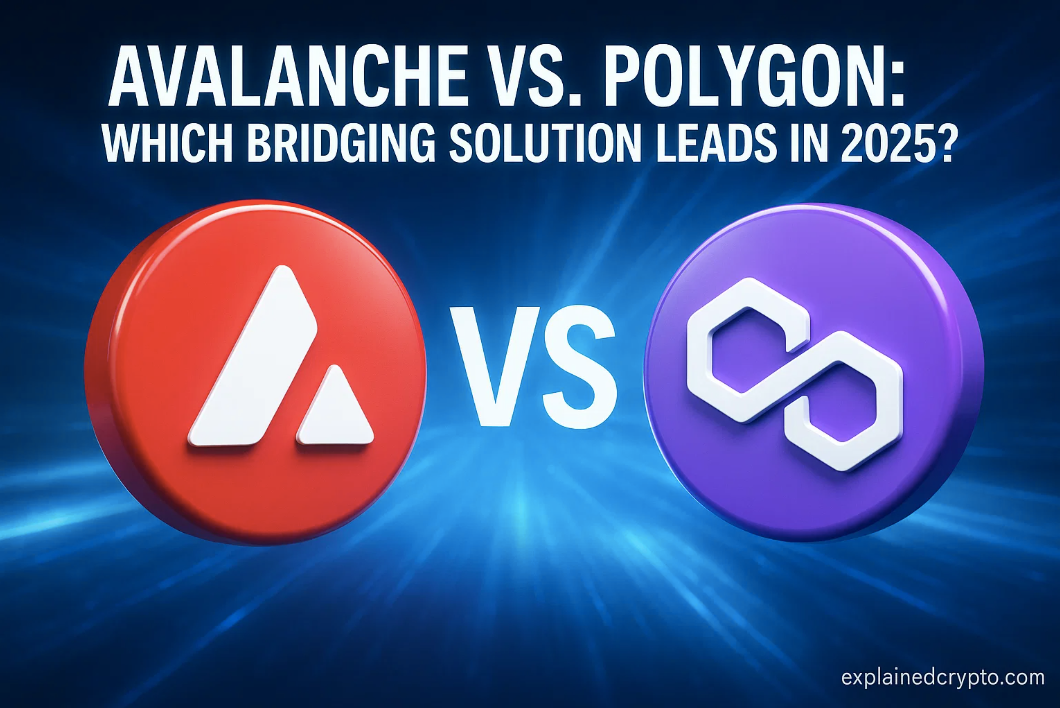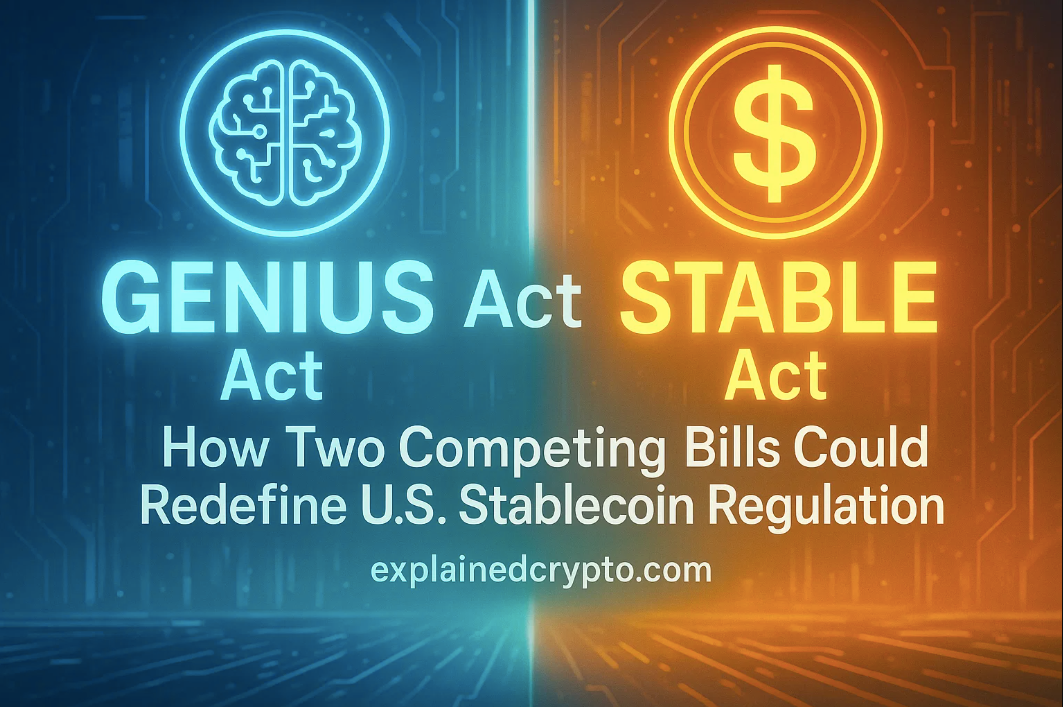- Ripple is a technology company building global payment infrastructure, while XRP is a decentralized digital asset used on the XRP Ledger.
- Ripple focuses on institutional cross-border payments, whereas XRP is used broadly for fast, low-cost transactions and as an investment asset.
- Distinguishing Ripple from XRP helps investors assess their unique roles, legal status, and growth potential within the crypto ecosystem.
When discussing cryptocurrency, few topics cause as much confusion as Ripple and XRP. Often used interchangeably, these two entities are fundamentally different — one is a technology company transforming global payments, and the other is a digital currency powering cross-border transactions. Understanding the nuances between Ripple and XRP is essential for anyone navigating the fast-evolving crypto landscape.
The Origins of Ripple: Building a Faster Payments Network
Ripple Labs, founded in 2012 by Jed McCaleb and Chris Larsen, set out to disrupt traditional cross-border payments. The existing infrastructure — primarily the SWIFT network — is slow, expensive, and dependent on intermediaries. Ripple’s mission has been to create instant, secure, and low-cost international money transfers.
Ripple’s flagship product, RippleNet, is a global network of institutional payment providers, including banks and money service businesses. It enables real-time gross settlement (RTGS), currency exchange, and remittance services. Crucially, RippleNet can process payments using any currency — fiat or digital — making it highly adaptable for financial institutions worldwide.
Ripple’s approach aims to eliminate multi-day settlement delays and high transaction fees that have long burdened international banking.
XRP: The Digital Asset Powering Fast Transactions
While Ripple is the company, XRP is the native digital currency of the XRP Ledger, an open-source, decentralized blockchain launched by Ripple Labs. XRP was designed to act as a bridge currency, facilitating fast and inexpensive cross-border transactions.
XRP stands out from other major cryptocurrencies for its speed and low fees. Transactions settle in 3–5 seconds, compared to Bitcoin’s 10-minute block time or Ethereum’s average 15-second block finality. Fees are typically fractions of a cent, making it ideal for high-volume, low-cost transfers.
These qualities make XRP appealing to financial institutions seeking to streamline their payment infrastructure, but XRP can also be used by individuals for payments, remittances, and as an investment asset.
Ripple vs. XRP: Key Differences at a Glance
To clearly differentiate Ripple and XRP, here’s a quick comparison:
| Feature | Ripple (Company) | XRP (Cryptocurrency) |
|---|---|---|
| Founded | 2012 | 2012 (launched on XRP Ledger) |
| Nature | Technology company | Digital asset |
| Main Role | Provides infrastructure (RippleNet) | Medium of exchange, bridge currency |
| Control | Privately held company | Decentralized open-source network |
| Transaction Speed | Depends on banking partners | 3–5 seconds |
| Transaction Fees | Institutional fees apply | Fractions of a cent |
| Use Case | Bank settlements, cross-border payments | Remittances, payments, trading, investing |
This table underscores their core distinction: Ripple builds the rails, while XRP acts as the fuel that can run on those rails or on its own.
Legal and Branding Separation
One of the most misunderstood aspects is their legal and brand separation. Ripple Labs has consistently emphasized that XRP is independent and can function without the company. This distinction became especially important during regulatory scrutiny, such as the U.S. Securities and Exchange Commission’s (SEC) lawsuit against Ripple, which argued XRP was an unregistered security.
While the legal battle has been complex, Ripple has repeatedly clarified that the XRP Ledger is decentralized, and Ripple’s control over the XRP supply does not equate to controlling the network itself. This legal distinction protects XRP’s status as a stand-alone digital asset within the broader crypto ecosystem.
Use Cases and Ecosystem Adoption
Ripple’s solutions target financial institutions, helping banks and remittance services move funds globally in seconds instead of days. This institutional focus is the backbone of RippleNet.
XRP, meanwhile, serves a broader purpose. Beyond facilitating institutional transactions, it is widely used for peer-to-peer payments, remittances, micropayments, and crypto trading. This flexibility means XRP has both utility-driven and speculative demand, fueling its liquidity on major exchanges.
Moreover, the XRP Ledger’s scalability — supporting over 1,500 transactions per second — positions it as a strong candidate for central bank digital currencies (CBDCs) and other tokenized assets in the future.
Ownership and Token Distribution
A crucial difference lies in ownership and issuance. XRP was pre-mined, meaning all 100 billion tokens were created at inception. Ripple initially held a large portion, placing most of its share in escrow accounts to release gradually, ensuring market stability.
However, the XRP Ledger operates independently of Ripple, validated by a decentralized network of nodes. Anyone can transact with XRP or build on the ledger without Ripple’s involvement, reinforcing its autonomy as a digital asset.
Ripple’s ownership stake has sparked debates about decentralization, but the network’s open-source nature and growing number of independent validators counter concerns about centralization risk.
Why Understanding the Difference Matters
Confusing Ripple with XRP can lead to misinformed investment decisions and inaccurate analysis. Ripple represents the corporate and technological layer, while XRP represents the liquid digital asset running on a decentralized ledger.
Recognizing this difference helps investors assess risks, legal exposure, and growth potential accurately — particularly as Ripple expands partnerships with global banks and the XRP Ledger attracts new decentralized finance (DeFi) and tokenization projects.
Also Read: How Cryptocurrency Really Works (And Why It Could Change Money Forever)
Two Sides of the Same Revolution
Ripple and XRP are distinct yet interconnected parts of the same innovation story. Ripple provides the infrastructure to revolutionize international payments, while XRP delivers the speed, efficiency, and decentralization to power those transactions.
By separating the company from the currency, investors and crypto enthusiasts can better understand their roles, strengths, and risks — and more confidently navigate the evolving world of digital finance.
Stay tuned to explainedcrypto.com for more in-depth analysis and the latest crypto news shaping the industry.
Disclaimer: The information in this article is for general purposes only and does not constitute financial advice. The author’s views are personal and may not reflect the views of explainedcrypto.com. Before making any investment decisions, you should always conduct your own research. explainedcrypto.com is not responsible for any financial losses.





